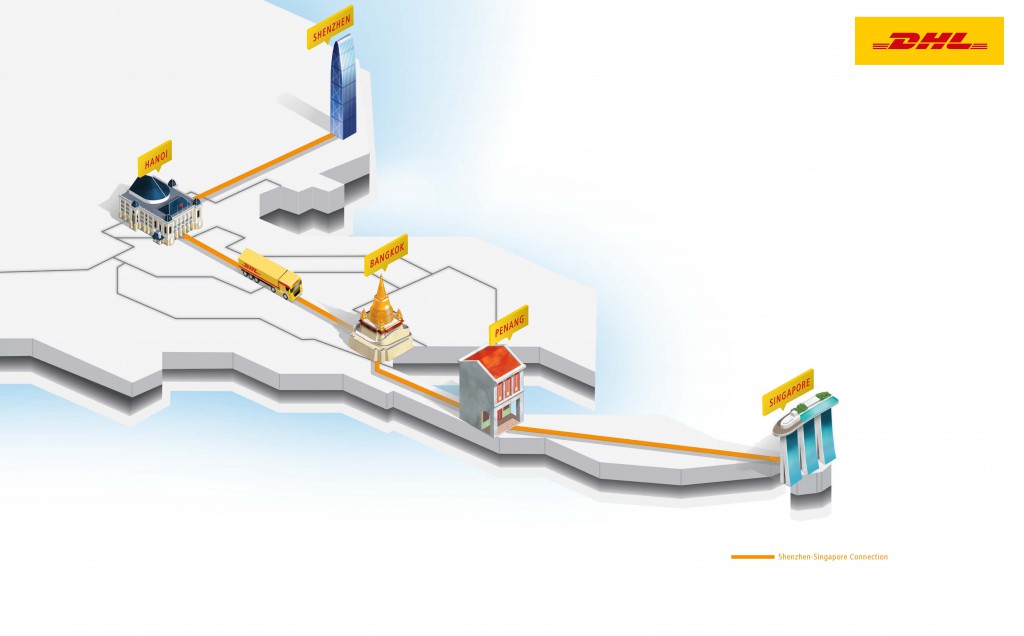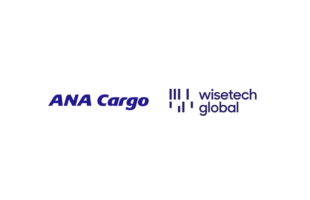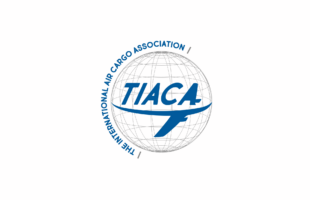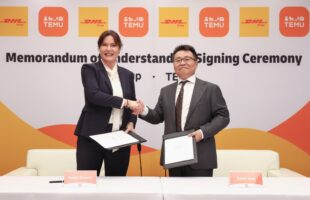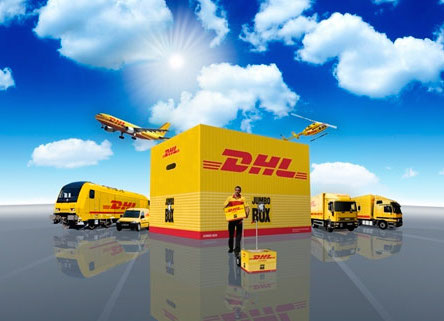
DHL Global Forwarding has rolled out an integrated road freight network that now links five key Asian cities – Singapore, Penang, Bangkok, Hanoi and Shenzhen. DHL AsiaConnect was launched in 2011 connecting Singapore, Malaysia and Thailand and now links to the existing Vietnam-China corridor.
DHL said the new service taps the acceleration of road freight growth in Asia Pacific which is forecast at an anticipated compound annual growth rate of 8.3 per cent from 2014-2019 and expected to drive the sector to a value of US$822 billion by the end of 2019.
Delivered under DHL AsiaConnect’s Less-than-Truckload (LTL) service, the interconnecting five-city service offers a seamless interconnecting delivery service with improved time and cost efficiencies and assures a consistent level of service quality regardless of the destination, according to DHL Forwarding.
Road freight offers a viable alternative to other transportation modes, providing a more cost-effective option than air freight as well as faster shipment than sea freight. While the transit time for ocean freight between Shenzhen and Bangkok takes around 13 days, the road freight option only takes five days. In comparison, air freight takes a shorter transit time of four days but costs significantly more.
Daily departures from five cities offer transit times of between one and six days:
• Singapore to Penang: One day
• Bangkok to Hanoi: Three days
• Shenzhen to Hanoi: Two days
• Shenzhen to Bangkok: Five days
• Penang to Shenzhen: Six days
“DHL’s integrated road freight network touches five crucial Asian markets… which are expected to play prominent roles in China’s ‘One Belt, One Road’ and other initiatives in the region such as the ASEAN Economic Community,” said Kelvin Leung , CEO, DHL Global Forwarding Asia Pacific.

“Across the region, the total GDP of all 10 ASEAN countries combined was US$2.4 trillion in 2013 while China’s GDP alone was US$10.3 trillion in 2014. ASEAN’s global trade hit US$2.51 trillion in 2013 and China consistently appears among the top five trade partners for ASEAN members. We are confident that intra-Asia trade will continue to grow and our road freight network stands ready to support the potential trade expansion from these initiatives,” Leung added.
The five-city interconnecting road freight network comes at a time when China’s ‘One Belt, One Road’ initiative is taking shape and expected to strengthen cross-border economic ties in markets between Europe and Asia. Specifically, the land-based Silk Road Economic Belt aims to enhance economic cohesiveness through infrastructure and wider trade links across the markets between Europe and Asia while the 21st Century Maritime Silk Road is oriented towards ASEAN. Both initiatives put DHL’s integrated five-city road freight network in a prime position to tap the growth potential of the ‘One Belt, One Road’ strategy.
DHL’s integrated road freight network will be advantageous for upcoming economic initiatives promoting trade and integration, having laid the groundwork that already links key Asian markets. For example, the ASEAN Economic Community (AEC) which is set to be established by the end of 2015, aims to create a single ASEAN market and production base facilitated by bilateral trade agreements and financial policies.
The blueprint encompasses cross-border cooperation in various focus areas including capacity building, enhanced infrastructure and communication connectivity and the development of electronic transactions. Brought to fruition, AEC will lead to a thriving ASEAN region amid the free movement of goods, services, investment and skilled labor.
DHL’s road freight network features GPS-equipped trucks to ensure customer goods are monitored for safety and tracked every step of the way, providing complete supply chain visibility. Road vehicles also are armed with anti-hijacking tools and are constantly in touch 24/7 with DHL’s Command Center, which will be alerted immediately should the need arise.
DHL’s comprehensive multimodal network that includes air, rail, road and sea, is well positioned to support trade expansions across different regions and ensures a fully secured and robust delivery system.



